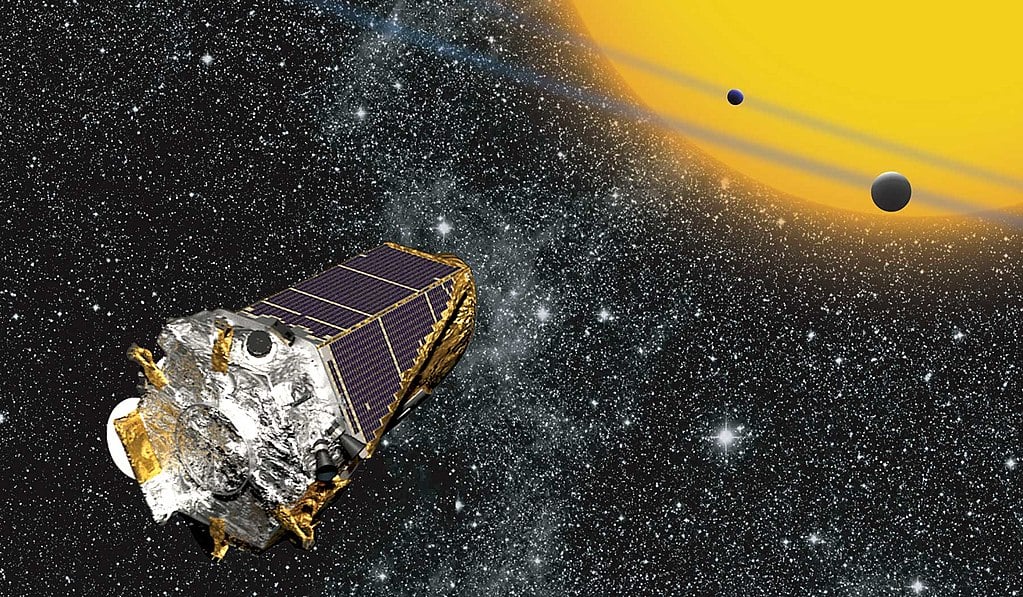NASA’s Kepler space telescope woke up and now is back to hunting planets, agency officials said. The space telescope is running low on fuel now, but since it was put into operation, it has been used to discover over 2,650 worlds.
The Kepler space telescope was launched in March 2009 in a $600 million mission. The mission includes discovering exoplanets which bear a close resemblance to our own Earth. Initially, the telescope studied more than 150,000 stars in order to find brightening caused by planets passing their parent stars.
Kepler’s mission ended in May 2013 after the four wheels which maintain its orientation malfunctioned, and scientists could no longer aim the telescope with any precision. The team members who were working on it determined that they would need to use pressure from sunlight to stabilize it, which resulted in a new mission in 2014 called K2.
Kepler Space Telescope in hibernation state
Since the spacecraft is slowly running out of fuel and could stop working, mission team members pushed it into a sort of hibernation state in early July so they would be able to turn it back toward Earth to collect the necessary data during Campaign 18.
“The Kepler spacecraft went into sleep mode after successfully downloading Campaign 18 data. It is unclear how much fuel is still on board; NASA is looking into the health of the spacecraft and determining a full range of options and next steps. “
The Kepler Space Telescope successfully downloaded the Campaign 18 data and went into a sleep state, according to an Aug. 24 update on NASA’s website.
Back to hunting planets
The Kepler Space Telescope began Campaign 19 of its K2 mission on Aug. 29. However, according to NASA’s announcement, it’s still unclear what Kepler has to look forward to.
“After being roused from sleep mode, the spacecraft’s configuration has been modified due to unusual behavior exhibited by one of the thrusters,” NASA officials wrote in yesterday’s update. “Preliminary indications are that the telescope’s pointing performance may be somewhat degraded. It remains unclear how much fuel remains; NASA continues to monitor the health and performance of the spacecraft.”
Kepler has discovered more than 2,652 planets, of which 325 were discovered during the K2 mission. The spacecraft’s discoveries amount to about 70% of all known extraterrestrial worlds. Nevertheless, in its March update, NASA announced that the spacecraft would probably run out of fuel within a matter of months.
“Our current estimates are that Kepler’s tank will run dry within several months – but we’ve been surprised by its performance before! So, while we anticipate flight operations ending soon, we are prepared to continue as long as the fuel allows,” NASA officials wrote. “Without a gas gauge, we have been monitoring the spacecraft for warning signs of low fuel— such as a drop in the fuel tank’s pressure and changes in the performance of the thrusters.”
It remains to be seen just how much time the spacecraft will continue to have a sufficient amount of fuel to discover new worlds while hunting planets which could be habitable in the same ways our Earth is.





